Fiber optic adapters, also known as fiber couplers, are devices used in fiber optic networks to connect two fiber optic cables together. They provide a means for aligning and joining the fiber ends so that light signals can pass from one cable to another with minimal loss.

They are used to connect fiber optic cables in office buildings, apartments, and homes, especially in setups like Fiber to the Home (FTTH).
In data centers, these adapters are crucial for connecting the fiber optic cables that link servers, storage devices, and network hardware, enabling high-speed data transfer.
They are key components in telecommunication networks, connecting the fiber cables that carry phone, internet, and TV services.
Fiber optic adapters are used in local area networks (LANs) within offices to connect various devices and ensure reliable, high-speed network communication
They are used to connect cables to devices like routers, switches, and modems in various network infrastructures.
Adapters are commonly used in patch panels and optical distribution frames for organizing and connecting numerous fiber optic cables in a manageable way.
For network testing and repair, technicians use these adapters to connect fiber optic cables to testing equipment, helping diagnose and fix issues in the network.
Connecting Two Fiber Ends: The primary role of a fiber optic adapter is to hold two fiber connectors precisely in place so that their cores (the very thin, central part of the fiber where light travels) are perfectly aligned.
Alignment Sleeve: Inside the adapter, there’s an alignment sleeve (often made of ceramic or other durable materials) that ensures the fiber cores of the connectors are perfectly aligned. This alignment is crucial for efficient signal transmission.
Minimizing Signal Loss: The adapter ensures that the ends of the fibers are close enough (and properly aligned) so that when light travels from one fiber to another, the loss of signal (known as insertion loss) is minimal.
Physical Connection: The adapter has a mechanism (like a latch or snap) to securely hold the connectors in place, ensuring a stable and continuous optical link.
Compatibility with Connector Types: Adapters are designed for specific types of connectors (like SC, LC, ST, FC) and can connect the same type of connectors (simplex) or two different types (hybrid adapters)..

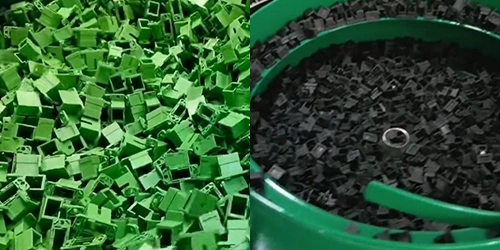
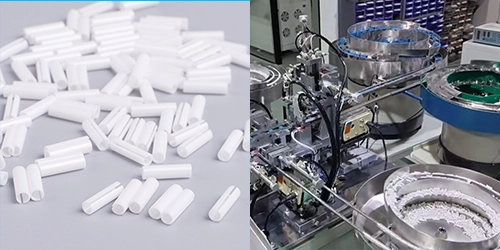



Have you see me in the pond ?



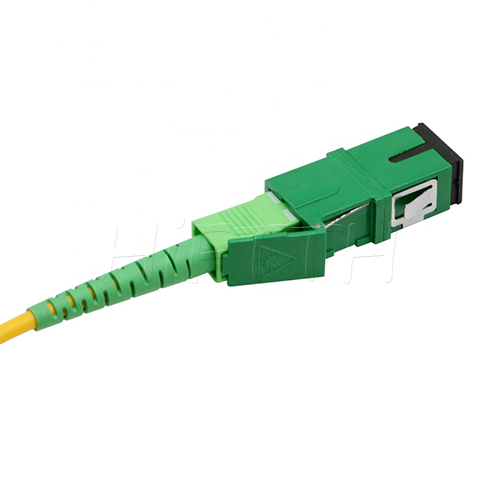
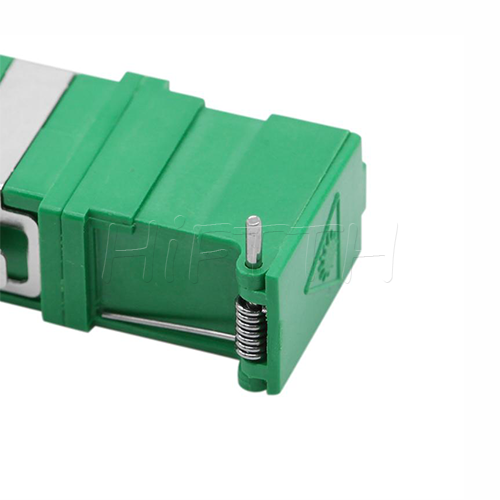























































































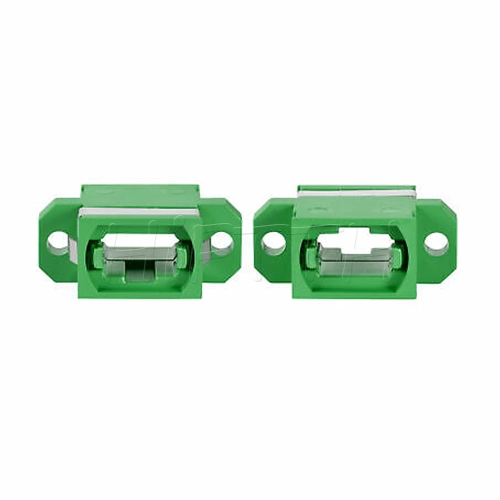













Here is more

One-stop Fiber Optic Passive materials of FTTH
Free Samples Available.
Hi!
We will contact you within 1 working day, please pay attention to the email with the suffix “@hiftth.com”.
Come visit our Product Datasheet and discover a product your need.

Leave the Product Type
Be the first to know which Fiber Optic materials 100% meet your need in FTTH solutions.